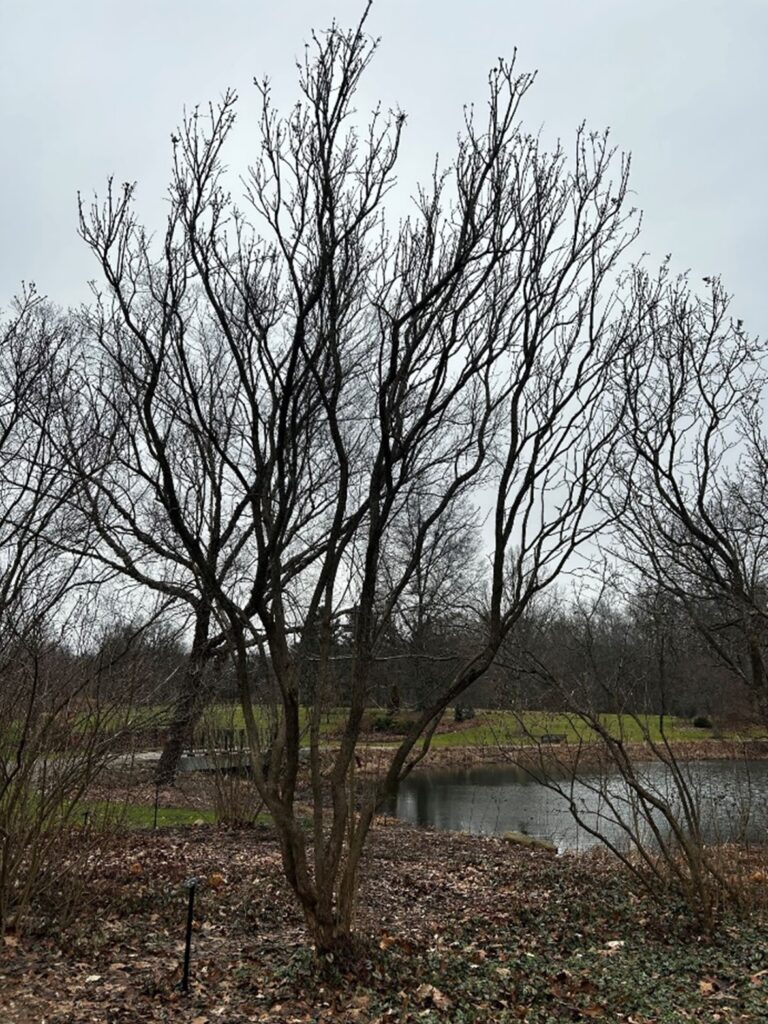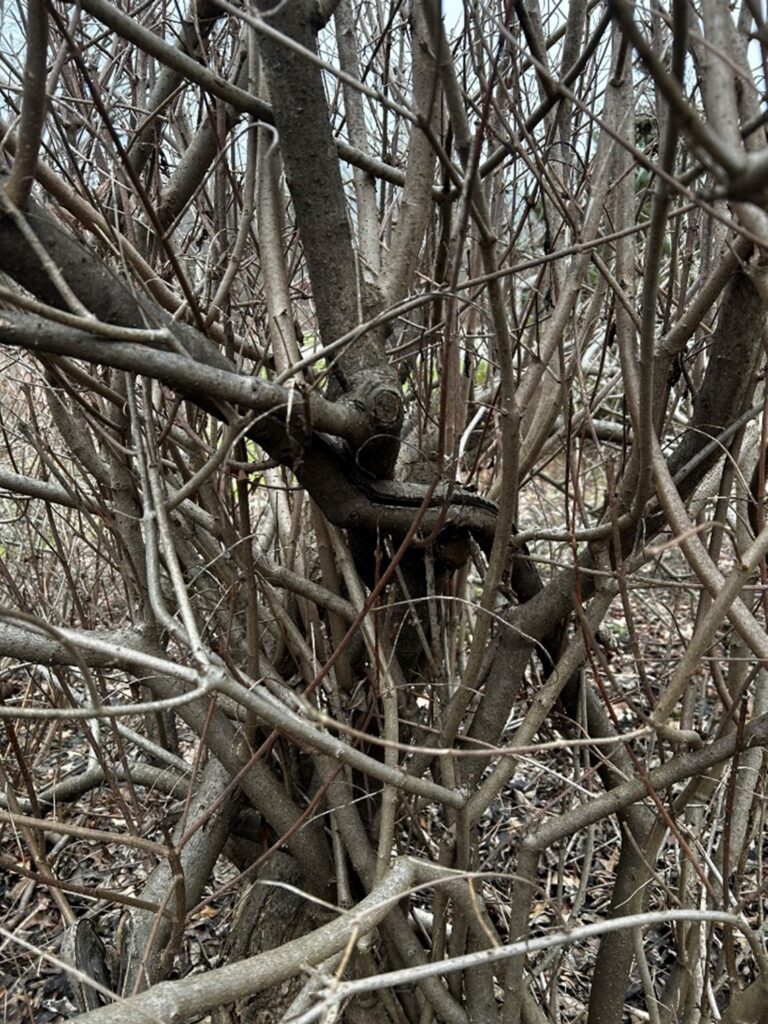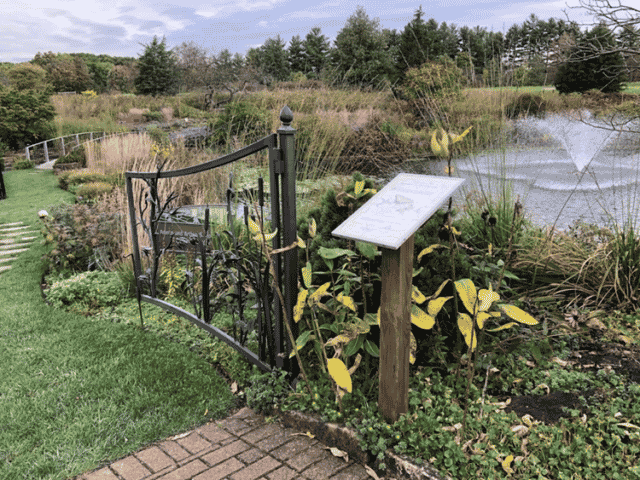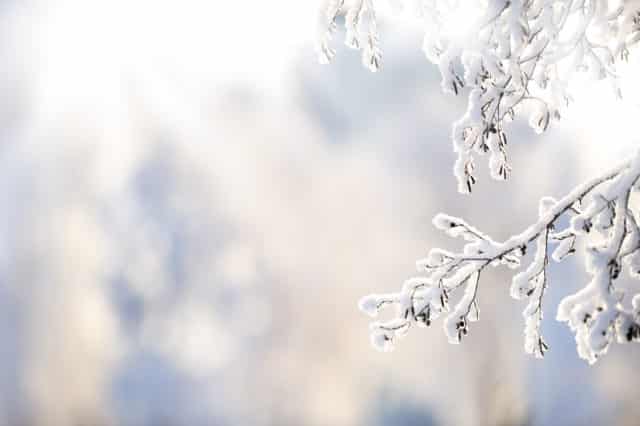
As winter blankets the landscape in a serene white and the temperatures turn frigid, our responsibilities for outside work are far from over. One essential task we do during this time is rejuvenation pruning of our lilac collection to make a significant difference in their health and appearance. With over 300 different cultivars of lilac in the Main Display Garden, it is an understatement to say there’s a lot to do.

Why Do We Prune in the Winter?
Winter is an ideal time for rejuvenation pruning, especially for deciduous shrubs like lilacs. The plant is dormant during this period, which minimizes stress on the bushes. With the absence of leaves, it becomes easier to assess the structure of the plant and make strategic pruning decisions. By doing rejuvenation pruning during the winter months, we set the stage for vigorous growth and an abundance of blooms in the upcoming spring. Most importantly, we can maintain their size so these lovely blooms can easily be enjoyed.

Benefits of Rejuvenation Pruning for Lilac Bushes
- Stimulates Growth: Removing old, weak, or diseased wood encourages the growth of new, healthy shoots. This results in a more robust and vigorous shrub.
- Enhances Flowering: Lilacs bloom on the previous year’s wood, and rejuvenation pruning promotes the development of new flowering shoots. Rather than chopping it all to the ground, we are doing it in stages so that we won’t have to miss a year of blooms.
- Improves Air Circulation: Thinning out the lilac bush allows for better air circulation, reducing the risk of diseases and weak, overcrowded branches.
- Maintains Shape and Size: Over time, many lilac bushes become vastly overgrown. Rejuvenation pruning helps maintain a more aesthetically pleasing and manageable size. This also makes the branches more structurally sound and reduces the occurrence of broken branches.

Tips for Successful Rejuvenation Pruning
- Timing is Key: Perform rejuvenation pruning during late winter or early spring, before new growth begins.
- Avoid Drastic Cuts: While it’s essential to remove old wood, avoid excessive pruning that may shock the plant. We do not remove more than 20% of live wood at any given time.
- Work With Clean Tools: Make sure your tools are clean before you begin pruning. A dirty saw could transfer diseases through the fresh wound and will eventually weaken the plant.
In conclusion, rejuvenation pruning for lilac bushes in the winter is a tough, but rewarding and beneficial practice for our collection. By investing time and care during the dormant season, we pave the way for a healthier, more vibrant garden bursting with the beauty of fragrant lilac blooms to welcome spring. Come back soon to see our progress! Stay warm and happy gardening!

Danny Wylie
Gardener
Danny Wylie is a Gardener for the Main Display Garden. He began working at Holden Forests & Gardens Aprill 2022. He loves all things plants and is always looking to learn more about them. Outside of work he enjoys hiking, tending to his own collection of exotic plants, and writing.












